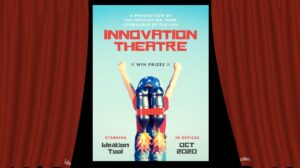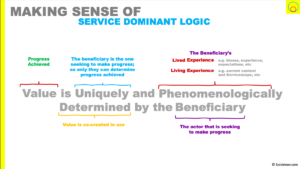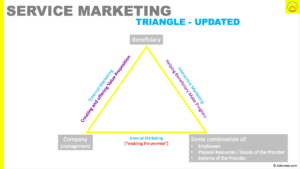How difficult will it be to implement your innovation in your enterprise?
We look at how we can determine that through via den Hertog's model of service (which holds for products too). And take advantage that models of this type have two components:
- dimensions
- capabilities
By determining the size of change in dimensions and the strength of an enterprise's capabilties, we can score an innovation's Implementation Execution Complexity
In doing so, we open the path to reducing that score - perhaps simplifying the change, or improving capabilities. And to portfolio management.









